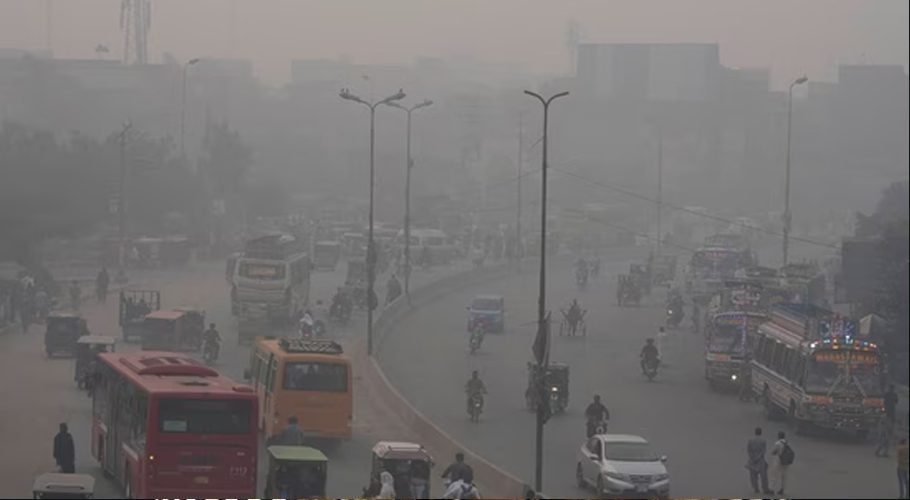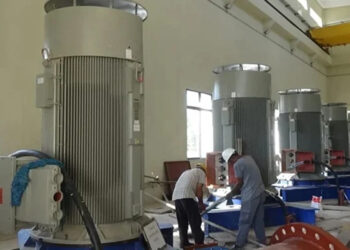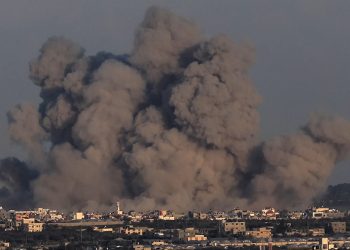Pakistan maintained its position as one of the world’s three most smog-ridden countries in 2023, as Bangladesh and India replaced Chad and Iran. Data released on Tuesday revealed particulate matter levels approximately 15 times higher than the World Health Organization’s (WHO) recommendations.
Bangladesh recorded an average concentration of PM2.5 at 79.9 micrograms per cubic meter, while Pakistan registered 73.7 micrograms. The WHO advises a maximum of 5 micrograms.
Christi Chester Schroeder, air quality science manager at IQAir, a Swiss air-monitoring organization, attributed this alarming trend to climatic conditions and geographic factors in South Asia, which exacerbate PM2.5 concentrations due to stagnant pollution. Additionally, factors such as agricultural practices, industry, and population density contribute to the problem.
It should be noted that, Bangladesh and India experienced higher pollution levels compared to the previous year. In Bangladesh, air pollution contributes to approximately 20% of premature deaths and incurs healthcare costs amounting to 4%-5% of the country’s GDP, according to Md Firoz Khan, an air pollution expert at Dhaka’s North South University.
India’s capital, New Delhi, emerged as the worst-performing capital city with a PM2.5 level of 92.7 micrograms. Meanwhile, China witnessed a 6.3% increase in PM2.5 levels to 32.5 micrograms after five consecutive annual declines.
Among the countries meeting WHO standards in 2023 were Australia, Estonia, Finland, Grenada, Iceland, Mauritius, and New Zealand. The IQAir report, based on data from over 30,000 monitoring stations in 134 countries and regions, excluded Chad, the world’s most polluted country in 2022, due to data issues.
Iran and Sudan were also omitted from the 2023 list. Christa Hasenkopf, director of the Air Quality Life Index at the University of Chicago’s Energy Policy Institute, highlighted that 39% of countries lack public air quality monitoring, emphasizing the need for a coordinated global effort to address this issue.




































